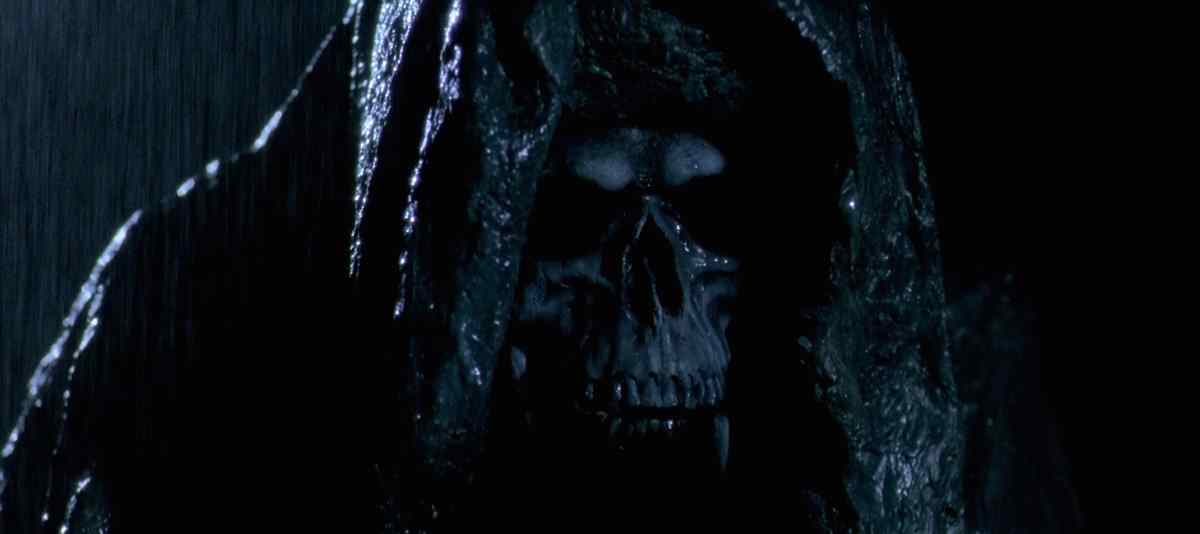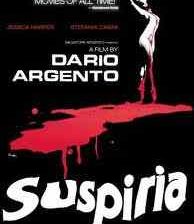There was a time, fondly remembered and not all that long ago, when Italy was the pinnacle of horror filmmaking. In the 1960’s Mario Bava helped define the giallo, a precursor to the American slasher film. These had a focus on gore and body count but were more stylish and psychological, for the most part, than their American counterparts. They had a major influence on U.S. horror cinema. Their influence can been seen in films like Halloween, Friday the 13th and Brian De Palma’s Dressed to Kill, in particular.
In the 1970’s and early ‘80’s, Italian masters of horror Bava, Argento, Deodato and Fulci were at their peak. Argento made films that were shockingly violent and beautiful at the same time. He made the carnage visually appealing, which is disturbing in its own way. His 1977 film Suspiria is widely known as his masterpiece. It centers on a young woman at a ballet school that is secretly home to a coven of witches. It’s a supernatural thriller that is gory and gorgeous at the same time. The feature contains some of the most impressive use of color in any horror film. His giallo thrillers Deep Red and Tenebre are also amazing and have been highly influential to filmmakers around the world in the decades since their release.
Lucio Fulci’s style could not be more different from that of Argento. His films are much more uncomfortable to look at. The cinematography is not so clean and fluid. Virtually nothing in any of his movies is clean. They contain many horrific images and scenes of gore so shocking that you may not actually believe what you are seeing. Even the least effective of his movies still drip with atmosphere. Zombie is often hailed as his gory masterpiece and while it is among the best in the Fulci cannon, it’s his loosely connected Gates of Hell trilogy that truly showcases what the director is capable of. The Beyond is like a nightmare come to life, a vaguely plotted connection of horrific scenes about a Louisiana hotel that stands on a doorway to Hell. City of the Living Dead is a combination of zombie film and ghost story, relocating its gateway to Hell to rural New England. House by the Cemetery is the weakest of the three, but is nonetheless an effective and moody thriller.
When American horror in the 1980’s began to rival Italy’s output and worldwide success, the masters of Italian horror began to create movies that felt almost more American in nature. Lucio Fulci’s New York Ripper feels more at home with horror titles like Maniac and Deranged than his own previous output. The Argento-scripted Demons, directed by Mario Bava’s son Lamberto, clearly takes heavy influence from Sam Raimi’s The Evil Dead. The movies gradually began to feel more American in nature and even in style. This was one of the most unfortunate things, as it was the unique style of these Italian directors that had always made their films stand out.
At the end of the 1980’s, directors like Dario Argento even began to make movies in the U.S. He had previously produced and edited Romero’s Dawn of the Dead, and later teamed with him to direct Two Evil Eyes.
During this time, the economy in Italy was changing rapidly, which had an enormous effect on the country’s film industry. The movies had been cheap to begin with and couldn’t keep up with the transition, at least when compared with similar films from other countries. The differences were becoming more and more noticeable. In the early 1990’s it was becoming clear that the once-great industry of Italian horror might not be able to sustain itself. It also didn’t help that Lucio Fulci passed away during this time and Argento’s most recent films were critical failures.
Since the 1990’s the Italian horror film has been dead. The last great genre film from that country was 1994’s Cemetery Man. Despite this, Dario Argento has made repeated attempts to revive it and each of them has been worse than the last. His current filmography consistently shows that it is impossible to make films now the way that he made them thirty years ago. The times have changed and he has refused to change with them, sadly. Although the fact that his country’s film industry virtually disappeared has not helped matters.
At this time, it looks like nothing is likely to change. It’s hard to see a time in the near future that could ever rival the Italian horror output of the 1970’s and ‘80’s. For now, we can take advantage of the Blu-ray era as more and more of the great Italian horror titles are being given better treatment now than they have ever seen. We may never see another great age of Italian horror cinema, but there are numerous titles that have almost been lost to time and are just waiting to be dusted off and given a second look.







